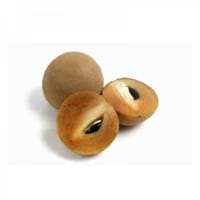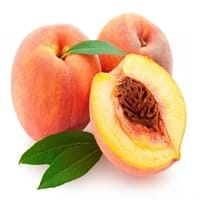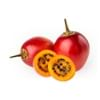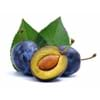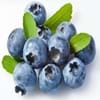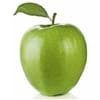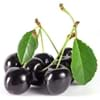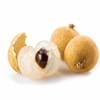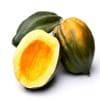Health Benefits
Anti-inflammatory properties, Arthritis treatment, Regulates Blood Sugar, Unknown
Cancer prevention, Heart care, Improves eye vision, Reduces stress, Regulation of heart rate
General Benefits
Boosts immune system, Controls blood sugar levels, Digestive aid
Anti oxidant properties, Eye care
Skin Benefits
Nourishes skin, Protects skin from oxidative stress
Heals sunburn, Reduces wrinkles, Treatment of skin diseases
Hair Benefits
Prevents hair loss, Promotes longer and healthier hair, Regulates hair growth
Prevents hair loss
Allergy Symptoms
Asthma, Red rash, Swelling of mouth, tongue or lips
Abdominal pains, Anaphylaxis, Breathing difficulty, Diarrhea, Dizziness, Hives, Itching, Lightheadedness, Nasal congestion, Nausea, Swelling of mouth, tongue or lips, Tingling sensation in mouth, Vomiting, Wheezing
Side Effects
Diarrhoea, Vomiting
Allergic reaction
Best Time to Eat
As a snack in the late afternoon
As a snack in the late afternoon, Eat the fresh ones, avoid mixing with any other foods, don't eat after meal., Morning time (before lunch)
Vitamin B5 (Pantothenic Acid)
Vitamin C (Ascorbic Acid)
Vitamin E (Tocopherole)
Not Available
Vitamin K (Phyllochinone)
Not Available
Lutein+Zeaxanthin
Not Available
Phytosterol
Not Available
Calories in Fresh Fruit with Peel
Calories in Fresh Fruit without Peel
Not Available
Not Available
Calories in Juice
Not Available
Calories in Jam
Not Available
Calories in Pie
Not Available
Season
Winter
Autumn, Summer
Varieties
Bush Table Queen, Heirloom Table Queen, Festival Hybrid, Early Acorn Hybrid, Table Ace, Ebony and Cream of the Crop
Reliance, Sweet Scarlet, Spring Snow, Sugar May, Santa Rosa, Red Beauty, Glowhaven, Cresthaven and Redhaven Peaches
Seedless Variety
Not Available
Yes
Color
Dark green, Green-yellow, Orange green
Pink, Red, White, Yellow, Yellowish-orange
Inside Color
Not Available
Yellow
Origin
Central America, North America, Unknown
China
Soil Type
Well-drained
Sandy loam, Well-drained
Climatic Conditions
Cold, Sunny
Cold, Warm
Facts about
- It was named as Acorn Squash for its resemblance to a large ribbed acorn.
- It is said that squash was being grown in Mexico as long as 10,000 years ago.
- It was the first food cultivated by native American Indians.
- In china, peaches are considered as a symbol of good luck.
- From 1982, august is National peach month in USA.
- In roman times, Peaches were also called as Persian apples, as people assumed that they originated from Persia.
Spirits
Not Available
Yes
Cocktails
Not Available
Yes
Other Countries
Egypt, India, Iran, Italy, Mexico, Russia, Turkey, Ukraine, United States of America
Greece, Italy, Spain, United States of America
Botanical Name
Cucurbita Pepo
Prunus persica
Synonym
Winter Squash
Not Available
Subkingdom
Tracheobionta
Tracheobionta
Division
Magnoliophyta
Magnoliophyta
Class
Magnoliopsida
Magnoliopsida
Subclass
Dillenhidae
Rosidae
Order
Cucurbitales
Rosales
Family
Cucurbitaceae
Rosaceae
Generic Group
Not Available
Rose
Difference Between Sapota and Peach
We might think that Sapota and Peach are similar with respect to nutritional value and health benefits. But the nutrient content of both fruits is different. Sapota and Peach Facts such as their taste, shape, color, and size are also distinct. The difference between Sapota and Peach is explained here.
The amount of calories in 100 gm of fresh Sapota and Peach with peel is 40.00 kcal and 39.00 kcal and the amount of calories without peel is Not Available and Not Available respectively. Thus, Sapota and Peach belong to Low Calorie Fruits and Low Calorie Fruits category.These fruits might or might not differ with respect to their scientific classification. The order of Sapota and Peach is Cucurbitales and Rosales respectively. Sapota belongs to Cucurbitaceae family and Peach belongs to Rosaceae family. Sapota belongs to Cucurbita genus of Pepo species and Peach belongs to Prunus genus of P. persica species. Beings plants, both fruits belong to Plantae Kingdom.
